Kouign Amann
5.0
(3)
Your folders
Your folders
Prep Time: 1 hours
Total: 6 hours
Servings: 8
Author : Rose Levy Beranbaum

Ingredients
Export 2 ingredients for grocery delivery
Instructions
Step 1
In the bowl of a stand mixer fitted with a hand whisk, mix together the flour, yeast, and then the salt. Add the water and the melted butter.
Step 2
Attach the dough hook and, starting on low speed, mix until the flour mixture is moistened, scraping down the sides of the bowl as necessary. Continuing on low speed, beat for 4 minutes. The dough will be silky smooth and have cleaned the sides of the bowl, but it will stick to the bottom and be very soft and slightly sticky to the touch.
Step 3
Cover the bowl and let it rest at room temperature for 30 minutes.
Step 4
Meanwhile, prepare the butter square. Place the softened butter on a large sheet of plastic wrap and wrap it loosely. If the butter is cold, pound it lightly with a rolling pin to flatten and soften it. Then knead it together using the plastic wrap and your knuckles to avoid touching the butter directly. Shape the butter into a 5-inch square (it will be about 3/4 inch high). At this point, the butter should be firm but workable—68° to 70°F (20° to 21°C). Use it at once or set it in a cool area.
Step 5
Roll out the dough on a well-floured surface to an 8-inch square.
Step 6
Place the plastic-wrapped butter square diagonally in the center of the dough square and lightly mark the dough at the edges of the butter with the dull side of a clean ruler or a knife. Remove the butter and roll each marked corner of the dough into a flap. The dough will be slightly elastic.
Step 7
Unwrap and place the butter on the dough. Wrap the butter by stretching the flaps slightly to reach across the butter square. Brush off any flour on the first three flaps before stretching over the fourth flap to wrap the butter square securely. It will form a 5 3/4-inch square dough package. Pinch together the seams to seal it well.
Step 8
On the well-floured surface, keeping the dough seam side up and lightly floured, gently roll the dough package into a 13-by-7-inch rectangle. It will be about 1/4-inch thick. Roll into the corners and use a bench scraper or a ruler to maintain an even rectangle. If the dough blisters, gently press the blister down. If the butter breaks through, dust the area lightly with a little flour before brushing off all excess flour from the surface of the dough.
Step 9
Fold the dough into thirds as you would fold a business letter. This is the first turn. Wrap the dough package with plastic wrap and refrigerate it for 1 hour. The dough should weigh about 2 pounds (900 grams).
Step 10
Before each turn, move the dough so the closed end is facing to the left. Repeat the same process of rolling and folding as for the first turn, but every once in a while, flip over the dough to keep the seams aligned. (The upper part tends to roll more than the bottom.) Cover the dough with plastic wrap and refrigerate for another hour.
Step 11
Clean the work surface and sprinkle with about 1/2 the sugar in a rectangle the width of the dough. Set the dough on top and sprinkle most of the remaining sugar on top of it. Roll the dough again into a 14-by-8-inch rectangle, flipping it over from time to time. Scrape sugar from the work surface and sprinkle it and some of the remaining sugar on top of the dough until all but 2 to 3 tablespoons of the sugar have been rolled into the dough. With a bench scraper, form the dough into an even rectangle.
Step 12
Fold the dough into thirds, wrap it with plastic wrap, and freeze it for 30 minutes. Then move it to the refrigerator and leave it there for 30 minutes.
Step 13
Line a 17 1/4-by-12 1/4-by-1-inch half sheet pan with aluminum foil, dull side up. Set the pastry rings on the foil and lightly coat the insides and bottom with butter.
Step 14
Spread the remaining sugar on the work surface in a rectangle. Set the dough on top of the sugar and roll it from the center to the edges, then as necessary to form a 16-by-8-inch rectangle. It will be about 3/8-inch thick. Cut the dough into 8 equal pieces. Each will be about a 4-inch square with an average weight of 5 ounces (140 grams). The dough will now be somewhat sticky as the sugar becomes syrupy.
Step 15
Roll 1 of the squares into a 5 1/2- to 6-inch square. Bring up the 4 corners to the center and press down firmly over the top of the dough. Cup the dough square into the palm of your hand to support it and keep the 4 corners together. Repeat folding, bringing up the corners to the center a second time. This will be more difficult because the dough is now thicker, but simply press it down in the center (if necessary, dip your fingertip in sugar) and push it together as well as possible.
Step 16
Place the dough in a prepared pastry ring on the sheet pan. Repeat with the other dough squares. Each one will open up slightly and take its own shape, which is part of the charm.
Step 17
Cover the shaped dough with an 18-by-12-by-2-inch sheet pan, or loosely with plastic wrap that has been lightly coated with butter, and let it sit in a warm place [ideally at 75° to 80°F (24° to 27°C), but no higher than 80°F (27°C)] for 30 to 50 minutes, or until the dough has risen about 1 1/2 times and most of the dough touches the sides of the rings.
Step 18
At least 30 minutes (or longer) before baking, set an oven rack at the middle level. Preheat the oven to 400°F (200°C).
Step 19
Bake for 12 minutes. For even baking, rotate the pan halfway around. Continue baking for 8 to 15 minutes, or until the pastries are caramelized and the edges are deeply browned and an instant-read thermometer reads a minimum of 212° to 215°F (100° to 102°C). Be certain to check the pastries often toward the end to avoid overbrowning.
Step 20
Set the pan on a wire rack. Use tongs to lift off the pastry rings and a pancake turner to lift each kouign onto another wire rack that has been lightly coated with butter and set over paper towels to catch any leaking butter. (About 2 tablespoons of butter will have leaked from the kouigns onto the aluminum foil.) If any of the kouigns cannot be removed from the rings, return them to the oven for a few minutes to soften the caramel.
Step 21
Let the kouigns cool for about 10 minutes. The texture is softest and the kouigns most delicious when eaten just baked and while still warm. Store any leftover kouigns in a paper bag at room temperature for 2 days. To reheat, warm it for 8 to 10 seconds in a microwave or 3 to 5 minutes in a preheated 350°F (175°C) oven.
Top similar recipes
Curated for youYour folders

 372 views
372 viewsKouign-Amann
allrecipes.com
4.8
(60)
25 minutes
Your folders

 308 views
308 viewsKouign-Amann
allrecipes.com
Your folders
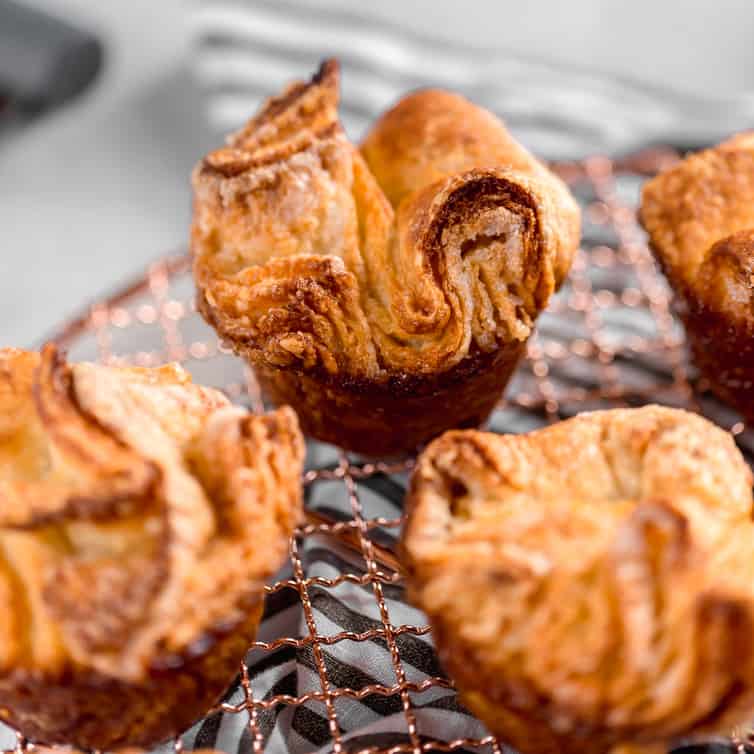
 459 views
459 viewsKouign-Amann
browneyedbaker.com
4.4
(55)
45 minutes
Your folders
 52 views
52 viewsKouign-Amann
browneyedbaker.com
Your folders
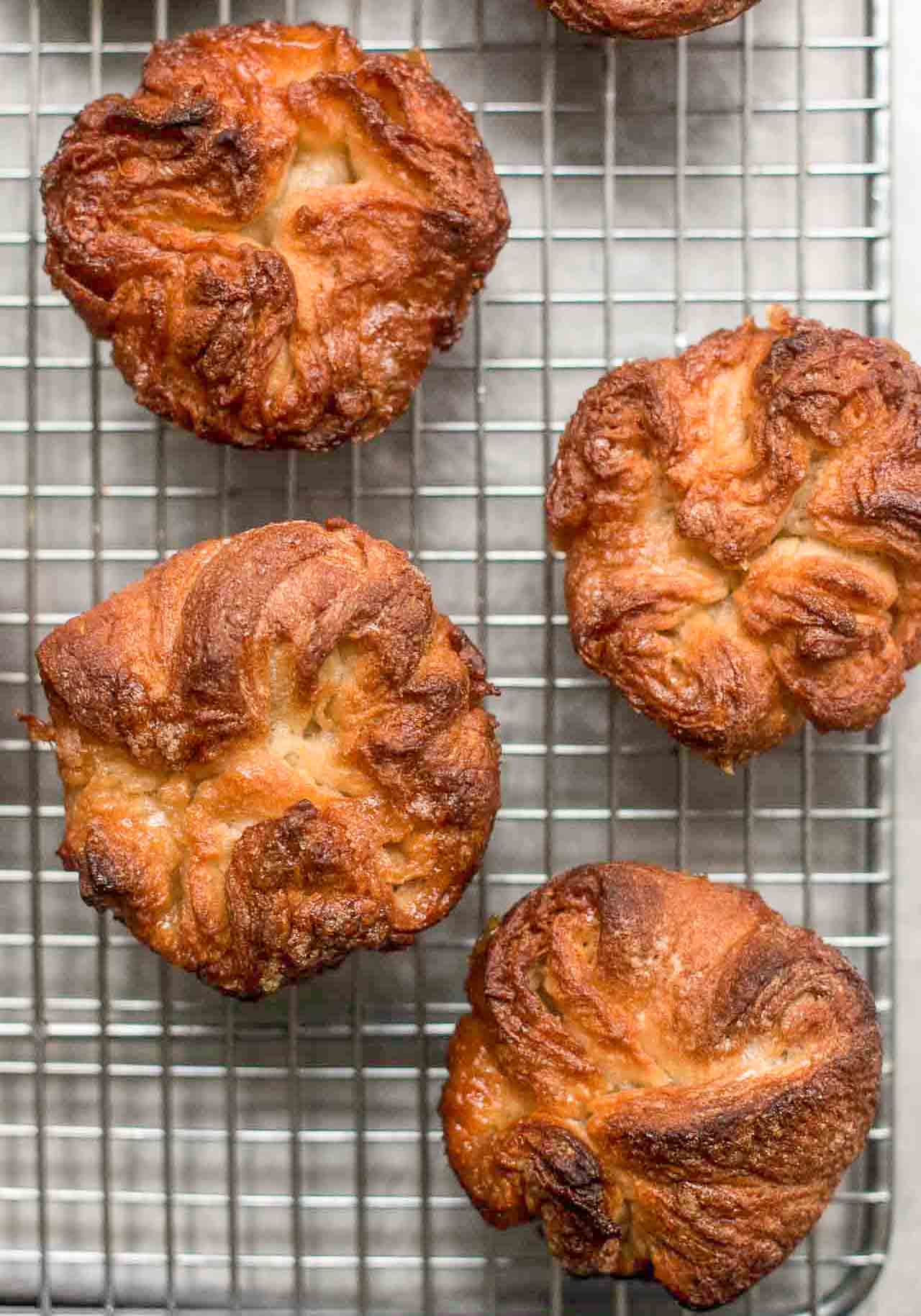
 278 views
278 viewsKouign Amann
davidlebovitz.com
Your folders
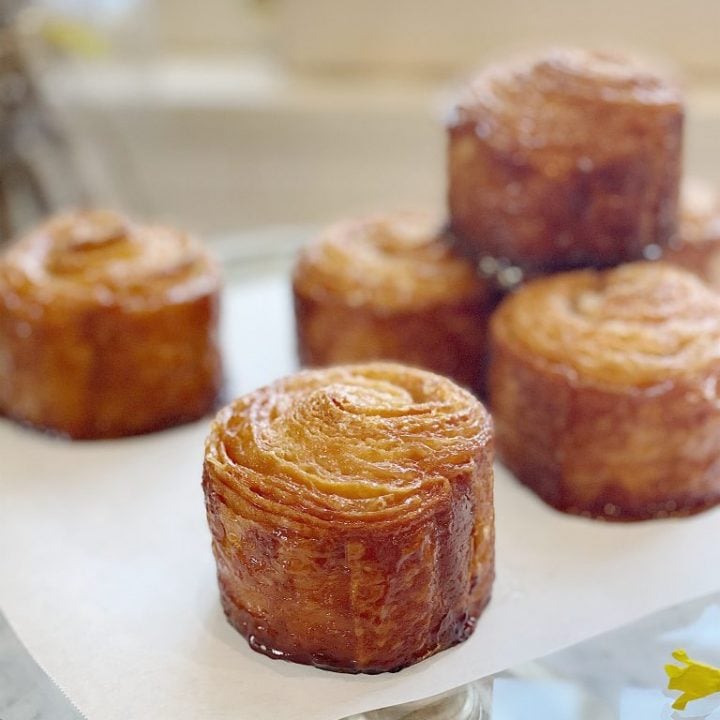
 569 views
569 viewsKouign-Amann
my100yearoldhome.com
4.4
(39)
1 hours
Your folders

 303 views
303 viewsKouign-Amann
epicurious.com
4.4
(5)
Your folders

 301 views
301 viewsKouign-amann - Wikipedia
en.wikipedia.org
Your folders

 173 views
173 viewsBreton Kouign Amann
americastestkitchen.com
5.0
(3)
Your folders

 231 views
231 viewsClassic Kouign-Amann
epicurious.com
4.1
(9)
Your folders

 102 views
102 viewsKouign Amann Recipe
cotswoldflour.com
30 minutes
Your folders

 647 views
647 viewsCheater Kouign Amann Recipe
aspicyperspective.com
5.0
(39)
20 minutes
Your folders
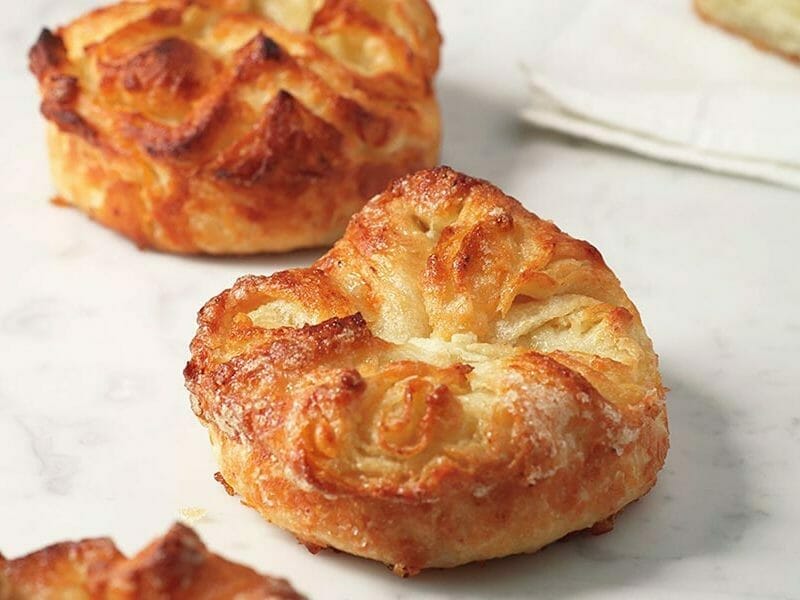
 184 views
184 viewsKouign amann au thermomix
cookomix.com
4.8
(64)
4 hours, 50 minutes
Your folders

 718 views
718 viewsHow to Make Kouign Amann
thekitchn.com
4.5
(4)
Your folders
/breton-butter-cake-recipe-1375140-8dbbb168723a494098e0fa4ac730f8d2.jpg)
 313 views
313 viewsBreton Butter Cake Recipe - Kouign ...
thespruceeats.com
Your folders
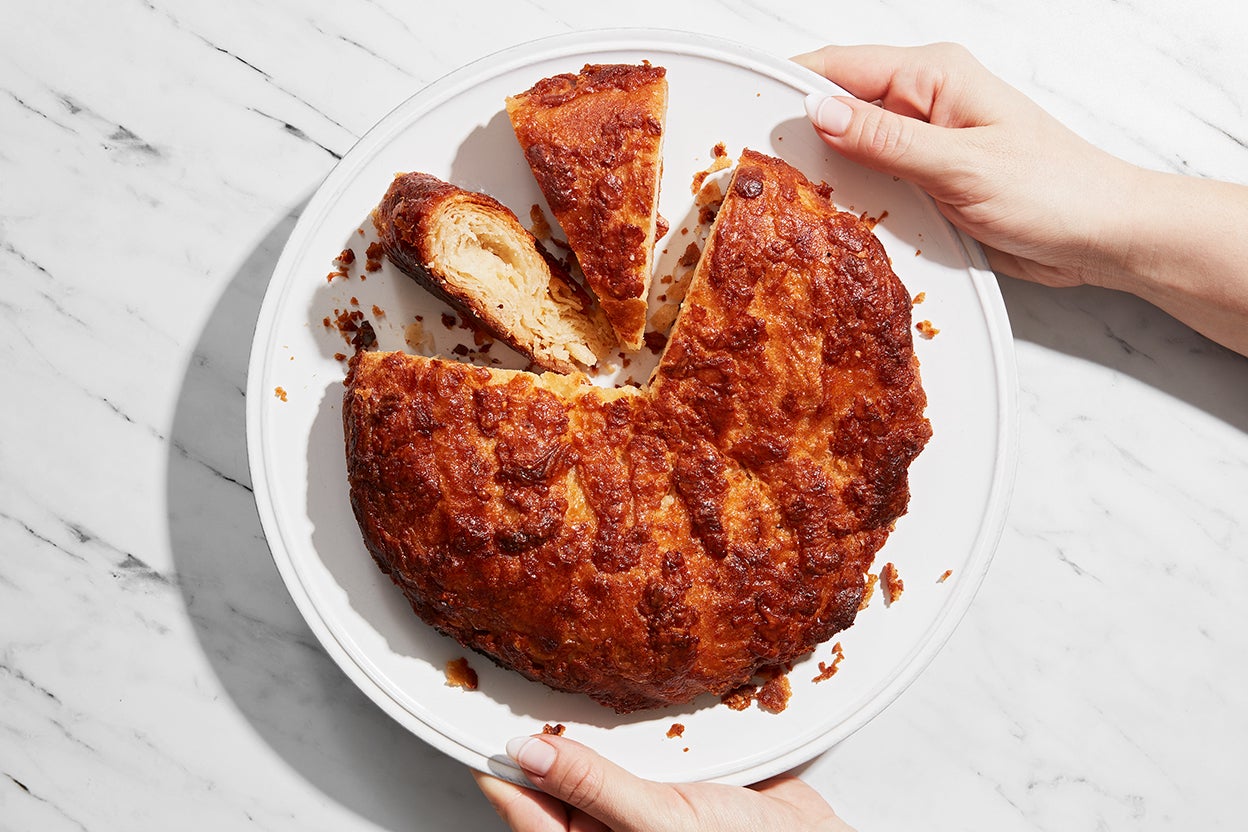
 336 views
336 viewsClassic Kouign-Amann (Breton Butter...
kingarthurbaking.com
4.1
(33)
1 hours
Your folders

 442 views
442 viewsKouign Amann (Brittany’s Caramelise...
linsfood.com
5.0
(49)
30 minutes